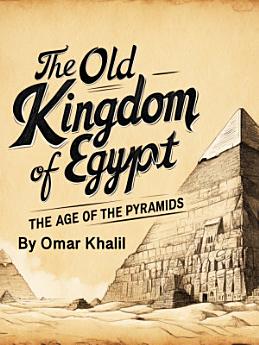The Old Kingdom of Egypt: The Age of the Pyramids
About this ebook
The rise of the Old Kingdom began with the third dynasty, following the unification of Egypt by King Narmer (also known as Menes). Narmer’s victory over the rival kingdoms of Upper and Lower Egypt not only led to the establishment of the first dynasty but also laid the groundwork for the idea of divine kingship. The pharaoh, believed to be the living god Horus, became the supreme ruler, a position that was both political and religious. This divine status provided the pharaoh with unquestionable authority, ensuring stability and order across the kingdom.
Throughout the Old Kingdom, the notion of kingship was reinforced through monumental construction projects, such as the construction of step pyramids and later the smooth-sided pyramids that are so emblematic of ancient Egypt. The earliest monumental stone structure, the Step Pyramid of Djoser, built during the third dynasty, symbolized the pharaoh’s ability to control nature and destiny. These impressive structures were not just tombs for the pharaohs but also symbols of their eternal power and the journey to the afterlife.







